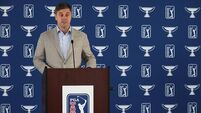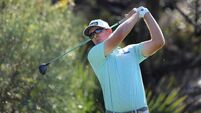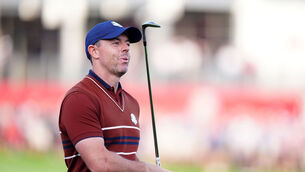Pádraig Harrington: ‘I’m judged by what I do in Majors’

Speaking at the Web Summit yesterday, Harrington paid tribute to Orreco, the company which monitors his health, for their contribution to his continuing success.
“I get my bloods done every month by Orreco to tell me if I’m good to go, if I’m at amber and need to watch myself, or if I’m in trouble.












![Johnny_Stephens_Photography-02-425A6831-Edit[1].jpg Restaurant review: The Ivy Asia is an assault on all five senses — I hated it](/cms_media/module_img/9752/4876311_6_teasersmall_Johnny_Stephens_Photography-02-425A6831-Edit_5b1_5d.jpg)
